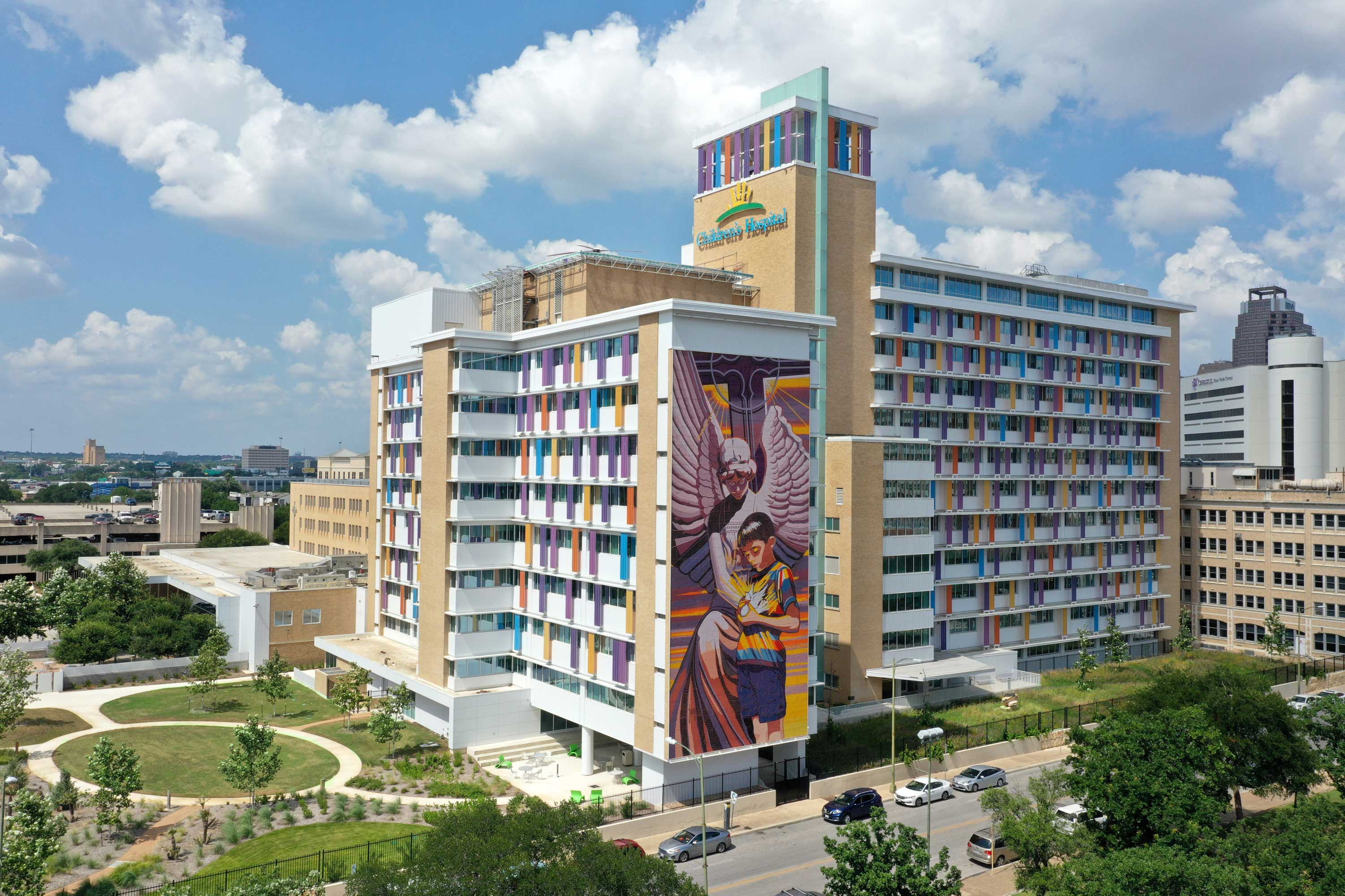Anemia in Children
What is Anemia?
Anemia in children is a condition where the body doesn’t have enough healthy red blood cells or hemoglobin. Hemoglobin is an iron-rich protein that allows red blood cells to carry oxygen throughout the body.
What Causes Anemia?
Anemia in children is caused by a variety of factors, including:
- Inadequate dietary intake of iron
- Essential vitamins and minerals
- Chronic blood loss due to intestinal parasites
- Bleeding disorders
- Inherited conditions
- Sickle cell anemia
- Thalassemia
- Bone marrow disorders
- Certain medications or Chemotherapy drugs used to treat cancer
- Kidney disease
- Certain autoimmune disorders
- Lack of B12 or folate
Signs & Symptoms
Common signs and symptoms of anemia in children include:
- Fatigue
- Pale Skin
- Cold hands and feet
- Rapid heartbeat
- Dizziness or lightheadedness
- Shortness of breath
- Headaches
- Irritability or poor concentration
- Ringing in the ears (tinnitus)
- Brittle nails
- Sore or swollen tongue
It’s important to talk to your doctor right away if you experience any of these signs and symptoms.
Risk Factors
The risk factors for anemia depend on the type. Some of the most common risk factors include:
- Poor nutrition or diet lacking in essential vitamins and minerals. Iron, folic acid, and vitamin B12.
- Bleeding due to ulcers, heavy menstrual periods, or internal bleeding
- Certain chronic diseases, such as kidney disease, cancer, and HIV/AIDS
- Regular use of certain medications, such as chemotherapy drugs or nonsteroidal anti-inflammatory drugs (NSAIDs)
- Pregnancy or having a baby in the last six months
- Age: Anemia is more common in older adults due to a decreased ability to absorb certain vitamins and minerals.
- Family history of anemia or blood disorders
- Young children, especially those who are breastfed, may also be at risk for anemia due to a lack of iron in their diets.
- People with sickle cell anemia have a higher risk of developing other types of anemia.
Diagnoses
Anemia in children is typically diagnosed by a blood test.
A hematocrit or hemoglobin test can measure the volume and concentration of red blood cells, as well as their size, shape, and color.
Other tests are used to diagnose anemia in children, including a reticulocyte count (a measure of immature red blood cells) and complete blood count (CBC).
Treatment
The treatment of anemia in children depends on its cause. The most common treatments are:
- Iron supplementation: Ferrous sulfate, ferrous gluconate, and/or elemental iron has given either orally or through an injection.
- Increasing dietary intake of iron-rich foods
- Treating any underlying conditions that may be causing the anemia such as malnutrition, chronic illnesses, or a problem with the bone marrow, then specialized treatments may be necessary to correct those issues.
CHRISTUS Children’s
CHRISTUS Children's specializes in pediatric care and cares for infants, children, and adolescents with special medical needs. Children’s provides comprehensive, coordinated care for children from birth to age 18.

